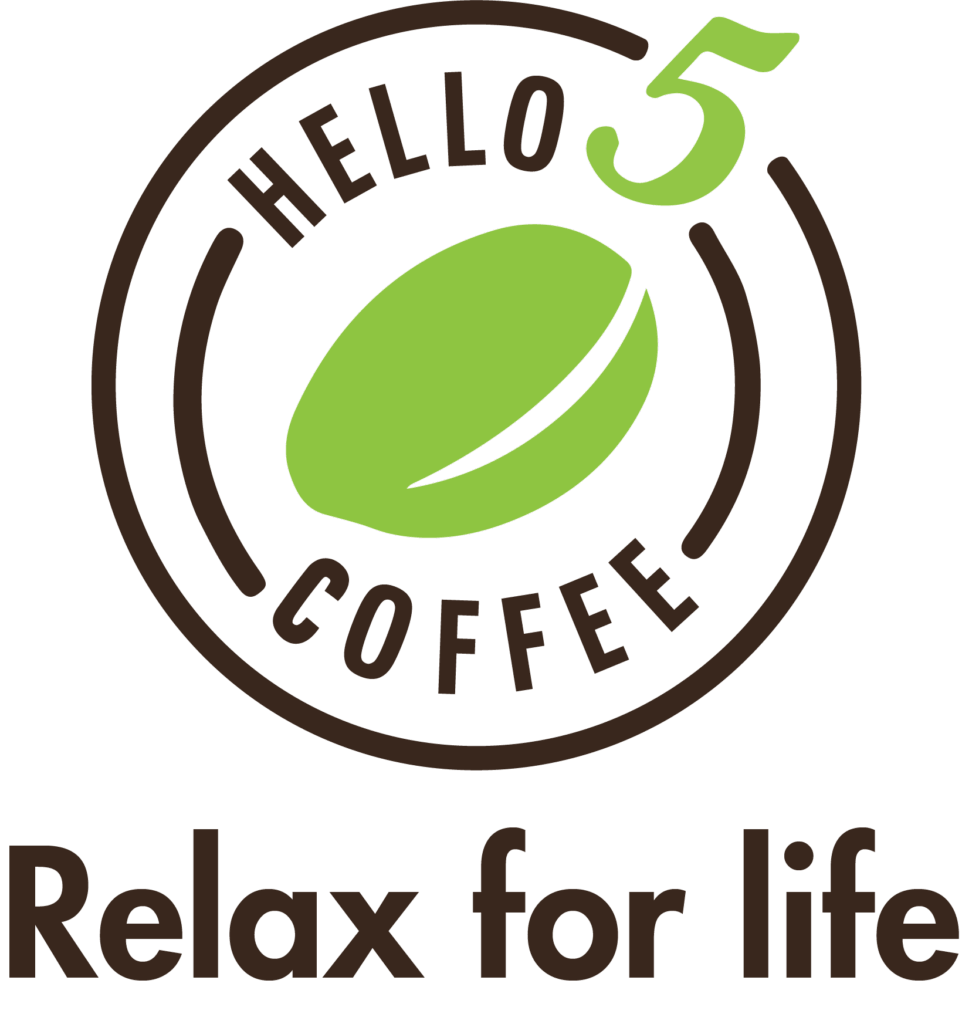Coffee is one of the most traded food commodities in the world – a real goldmine for traders and brands. And among the most sought-after origins is Vietnam, the world’s second-largest coffee exporter. Sourcing from Vietnam can cut costs by up to 40% compared to Brazil, while still ensuring reliable supply and growing quality standards.
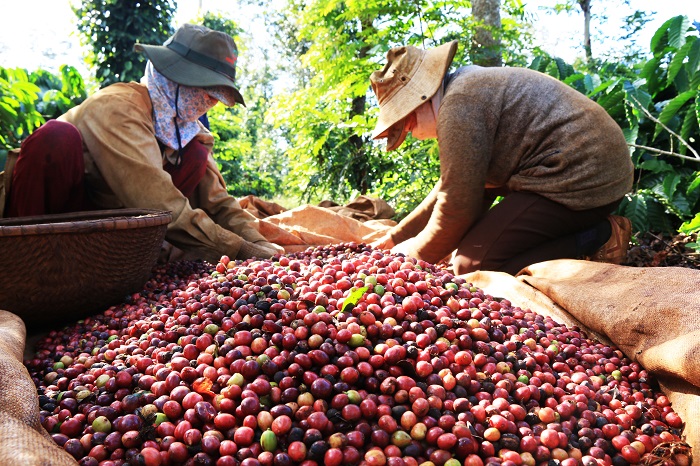
This article will show you why Vietnam is becoming a global hub for coffee exports and what it means for importers, café owners, and investors looking for the next big opportunity.
Vietnam’s Coffee Industry at a Glance
Coffee came to Vietnam under French colonial rule and today the country’s coffee belt — mainly the Central Highlands (Đắk Lắk, Lâm Đồng, Gia Lai) — is the backbone of a large export industry. Vietnam is now one of the world’s top coffee producers and exporters.
Production today is huge: recent U.S. USDA estimates put Vietnam’s output at roughly 29 million 60-kg bags in the 2024/25 season (≈ 1.7 million tonnes of green beans), with most of that being Robusta. Forecasts expect production to remain near this level as farmers respond to prices.
On trade value, Vietnam recently cleared the US$5 billion mark in a single crop year as export prices climbed — showing that even with some volume swings, revenue from exports is strong. (That surge also reflects higher global Robusta prices in 2024.)
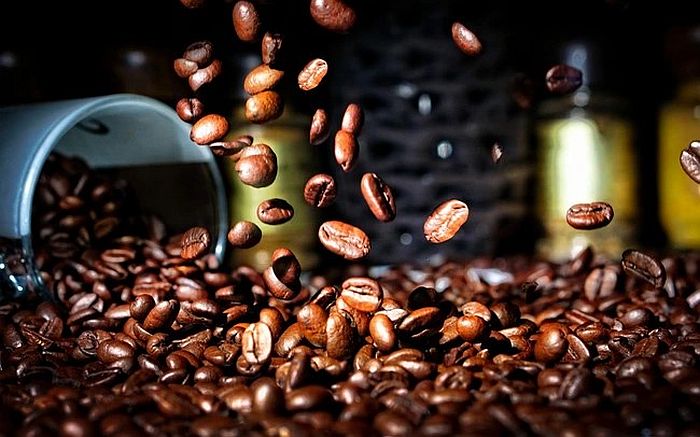
Where the beans go: the EU (Germany, Italy, Spain) remains the largest destination overall, while the U.S., Japan and growing Asian buyers (China, South Korea, Philippines) are also important. Germany stands out as a top single buyer.
Product mix is still dominated by green beans (bulk Robusta), but Vietnam is steadily expanding roasted, soluble (instant), and value-added/OEM products to capture higher margins — a trend the government and industry are encouraging.
What Makes Vietnam a Coffee Export Leader
High production and competitive pricing
Vietnam currently produces around 29 million 60-kg bags (≈ 1.74 million tonnes) in the 2024/25 crop year, of which about 28 million bags are Robusta — meaning the vast majority of output is concentrated in Robusta. This figure comes from USDA/FAO reports and forms the basis of Vietnam’s strong export capacity.
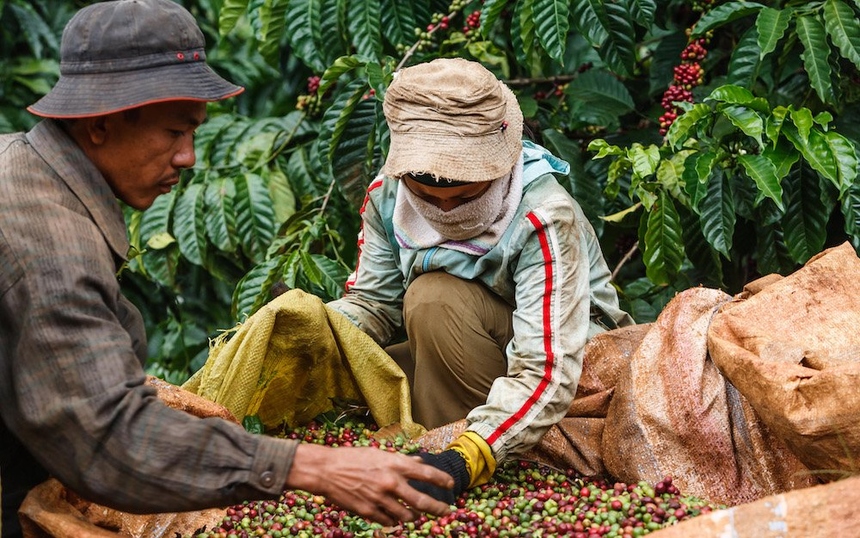
Because most of the crop is Robusta (a variety with high yields and lower cultivation costs compared to Arabica), the large supply helps Vietnam maintain competitive export prices in the international market. During recent price fluctuations, market data showed that Robusta (as a reference price) was thousands of dollars per ton cheaper than Arabica — in some cases up to ~38% lower (for example: Robusta ≈ $5,847/tonne compared with Arabica ≈ $9,469/tonne during the surveyed period). This explains why many buyers are willing to source from Vietnam to cut raw material costs.
Wide range of coffee products (beans, instant, OEM)
In the past, Vietnam was mainly known for exporting raw Robusta green beans in bulk. But in the last 5–10 years, roasting plants, instant coffee factories, and OEM/private-label facilities have grown rapidly. Many companies have invested in processing lines to export roasted, instant, and packaged products under clients’ brands — which means buyers can now source everything from raw beans to finished products directly in Vietnam. Reports and trade data show that the value share of exports has increased thanks to the added value of processed coffee.

For international buyers, this advantage is practical in two ways: (1) lower supply chain risks since they only need one supplier to source multiple product types, and (2) faster scaling of private-label business compared to having to set up factories in another country.
Strong supply chain and logistics
Most of Vietnam’s coffee is grown in the Central Highlands (Đắk Lắk, Lâm Đồng, Gia Lai…), which makes large-scale collection, quality control at origin, and export planning more efficient. This concentration of growing areas also reduces procurement costs and increases the ability to fulfill large contract orders.
In terms of logistics, major ports (Ho Chi Minh City, Hải Phòng…) have direct routes to the EU, the U.S., and Asian ports. At the same time, exporters have improved warehousing, moisture control, and storage conditions to reduce post-harvest losses. The result: relatively stable delivery times and reduced spoilage risks — critical factors for buyers placing large-volume orders.
Global certifications and quality standards
Today’s international buyers care not only about price but also about traceability, sustainability certifications, and food safety. In Vietnam, many exporters have obtained certifications such as Rainforest Alliance, Fairtrade, 4C, UTZ, Organic, and according to agricultural authorities, the share of certified sustainable coffee has increased (estimated at around ~30% of total area in some industry reports). These certifications open doors to the EU, Japan, and the U.S., where standards are strict.
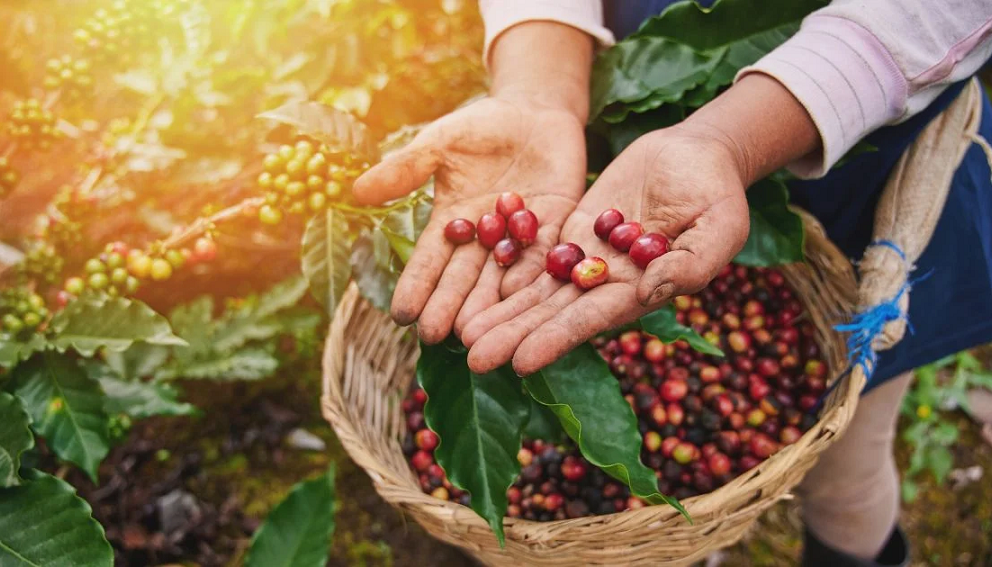
Beyond certifications, many exporters are also investing in post-harvest processing (treatment, fermentation, drying) to improve cup profiles, allowing some highland regions to supply high-quality Arabica for the specialty segment. This enables Vietnam to compete not only with volume strength but also with quality in higher-value niches.
Trade agreements and government support
Major FTAs (such as EVFTA, CPTPP, RCEP, UK-VFTA) have created tariff advantages for Vietnamese coffee exports — especially processed products (roasted, instant) that can enjoy 0% tariffs into the EU in many cases under the EVFTA roadmap. This increases the price competitiveness of processed coffee compared to rivals without similar trade agreements.
In addition to FTAs, the government and industry associations (VICOFA, MARD) support the sector with farmer training programs, incentives for processing investment, and encouragement to adopt international standards — all of which help turn Vietnam’s large supply into a reliable supply for global buyers.
Opportunities for Global Buyers and Investors
Vietnam today offers three clear commercial opportunities: (1) OEM / private-label services that let brands launch quickly and cheaply; (2) a growing specialty & organic segment that commands premium prices; and (3) attractive investment chances in processing (roasting, instant, packaging) and market expansion as the country shifts up the value chain. These opportunities sit on top of Vietnam’s very large production base and recent push to increase processed exports.

OEM and Private Label Coffee
Vietnam has matured from “bulk bean supplier” into a practical one-stop OEM hub. Today many Vietnamese exporters and processors offer end-to-end services: sourcing green beans, blending and roasting, soluble (instant) processing, flavoring, packing to customer spec, and handling export logistics — all under client labels. That capability shortens time-to-market for brands and reduces the need for buyers to manage multiple suppliers or build local production overseas. Large domestic investments in processing capacity (including major factory projects and capacity expansions) mean suppliers can handle bigger private-label runs and shorter lead times than a few years ago.
What this means for buyers: you can order finished retail SKUs (roasted bags, drip bags, instant sachets, capsules) with relatively low minimums from reliable Vietnamese partners; you can also consolidate procurement (beans + processing + packaging) with one supplier to cut logistics, QC points and margin leakages. Practical next steps before committing: request full OEM specs, visit the factory or commission a third-party audit, get lab and micro-biological test results, confirm MOQ & lead time, and secure a sample/cup-test run (and an agreed quality acceptance protocol) before signing an offtake or long-term contract. (Operational checklist is below if you want it.)
Specialty Coffee and Organic Coffee
Although Vietnam’s crop is dominated by Robusta, there is a measurable and rising supply of higher-quality lots (including Arabica from high-altitude farms) and an expanding number of certified lots (Organic, Rainforest Alliance, Fairtrade, etc.). Certification programs and better post-harvest processing (washed / semi-washed, controlled fermentation, careful drying) are enabling some Vietnamese producers to deliver consistent cup profiles that specialty roasters and premium buyers want. At the same time, global demand for traceable, sustainable coffee continues to rise — and Vietnamese producers are responding by scaling certified production and improving traceability systems.
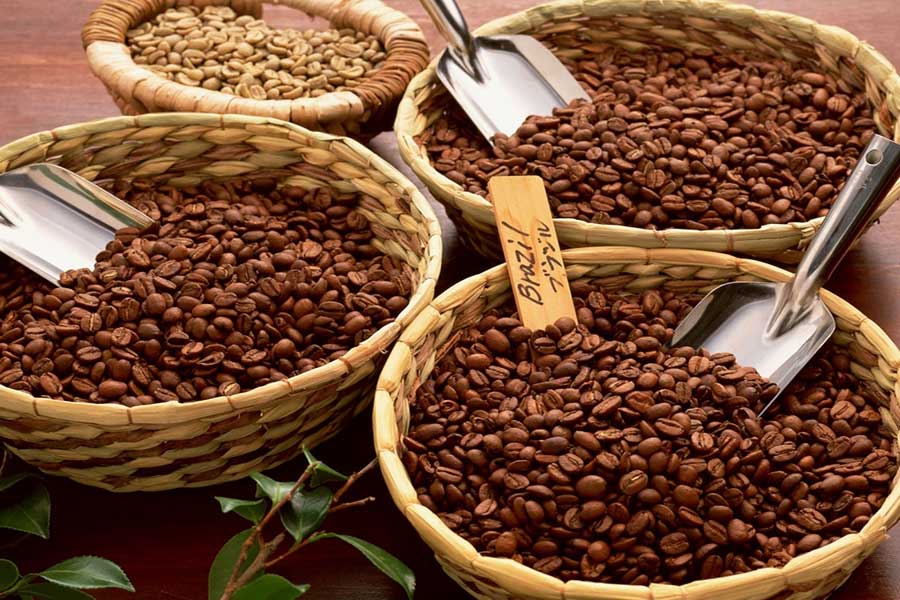
What this means for buyers: you can source specialty or certified organic lots from Vietnam — typically at a lower landed cost than many traditional Arabica origins — but expect to pay a quality/traceability premium above commodity Robusta. To capture real specialty value, buy by lot, insist on full traceability (farm or cooperative level), do cupping against a standard, and consider a long-term premium contract that supports farm improvements (better processing, agronomy training) — that both secures supply and improves cup consistency.
Investment in Processing and Market Expansion
Investment case: Vietnam is actively moving up the value chain. The government and private sector have set explicit targets to grow processed coffee exports (roasted and instant) and there are multiple large processing investments and factory expansions announced or under construction. Those moves aim to capture higher margins (processed coffee sells for significantly more than bulk green beans) and to leverage FTAs that reduce tariffs for processed goods into key markets. Investors can participate by building or partnering on roasting lines, instant coffee plants, packing & co-packing facilities, or cold-chain and quality labs for specialty processing.
How investors should think about structure: greenfield plants vs JV with established exporters; vertical integration (buy raw supply contracts with cooperatives) vs. pure processing + tolling; and targeting specific markets (EU duty-free routes for processed coffee thanks to FTAs, or rapid growth markets in Asia). Due diligence should focus on supply contracts (assess reliability of farmer base), energy & water needs (processing is resource-intensive), and export infrastructure access.

Challenges Vietnam Still Faces
Uneven Quality Across Regions
Although Vietnam has regions producing high-quality beans, much of its coffee still comes from smallholder farms with limited access to advanced post-harvest processing. Harvesting methods (often strip-picking rather than selective) and drying techniques vary widely, creating significant inconsistencies between lots. Reports from industry bodies highlight that to grow the specialty segment, Vietnam needs larger areas cultivated under recognized standards (e.g., Rainforest Alliance, Fairtrade) and more investment in wet processing. Government initiatives to expand specialty coffee exist, but the target acreage remains modest compared to the overall 600,000+ hectares under coffee.
Buyer/Investor takeaway: Prioritize lot-specific sourcing with traceability, request cupping samples before large contracts, or engage in long-term contracts that include technical support to stabilize quality.
Climate Change Impact on Yields
In recent years, Vietnam’s coffee belt has suffered from droughts, heat waves, and floods, which have reduced actual harvest volumes compared to projections. USDA reports have adjusted production estimates downward in several seasons, in some cases by hundreds of thousands to over one million bags, due to water stress and erratic rainfall. Weather extremes not only lower yields but also damage cup profiles and increase the risk of pests and diseases.
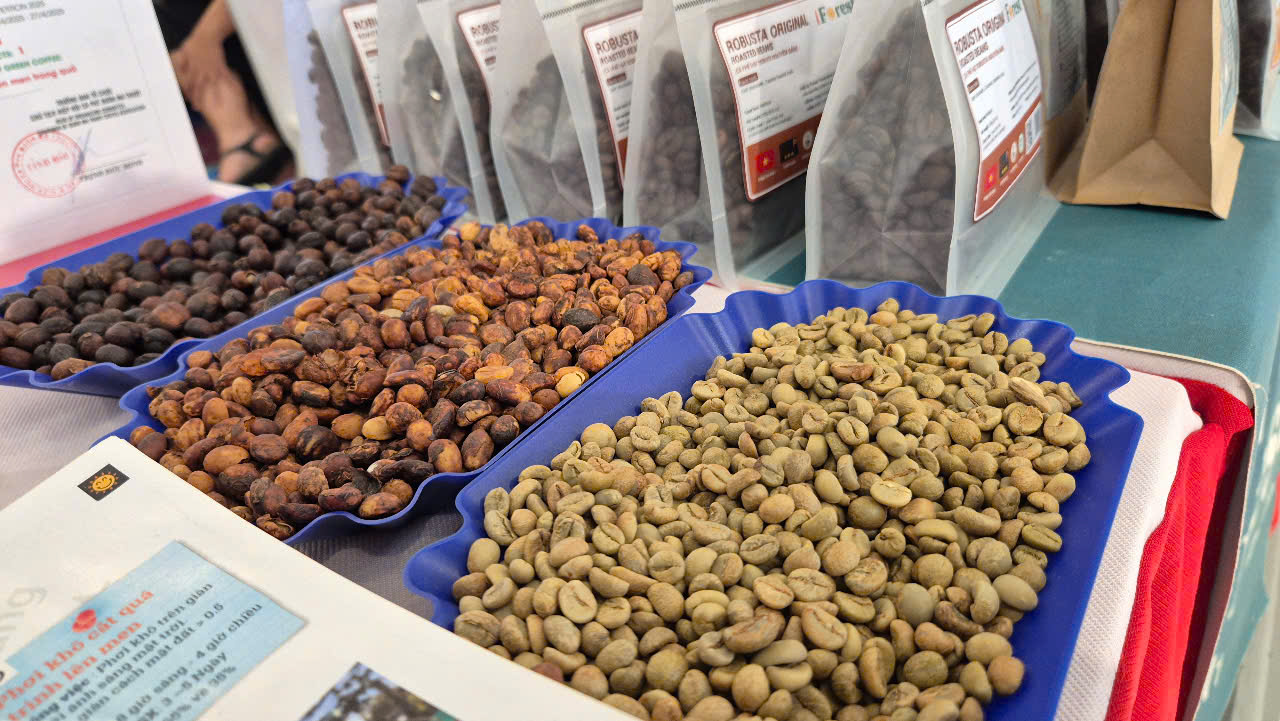
Buyer/Investor takeaway: Diversify sourcing across provinces, consider multi-year contracts with farmer support clauses, and invest in adaptation measures such as drip irrigation or drought-resistant varietals.
Heavy Reliance on Robusta, Limited Arabica (But Growing)
Vietnam’s production is overwhelmingly Robusta — around 95–97% of total output. This dominance makes the country the world’s most reliable supplier of high-volume, cost-competitive Robusta, but it also limits large-scale availability of Arabica. While the government and some private players are encouraging expansion into Arabica and specialty production (notably in Lam Dong and Son La provinces), the pace of change is gradual. Transforming crop structure requires long-term investment in agronomy, infrastructure, and market development.
Buyer/Investor takeaway: For Arabica or specialty needs, buyers should target smaller lots from pilot projects or co-invest in origin programs to secure supply as volumes expand.
Rising Competition from Other Producing Countries
Globally, Brazil remains the undisputed leader, and other countries like Colombia, Ethiopia, Indonesia, and Uganda are expanding both volume and value-added exports. Brazil’s dominance in both Arabica and Robusta (Conilon) gives it scale advantages, while Central American origins differentiate on specialty and traceability. Moreover, global supply shocks — such as higher freight costs or geopolitical disruptions — may prompt roasters to diversify sourcing beyond Vietnam.
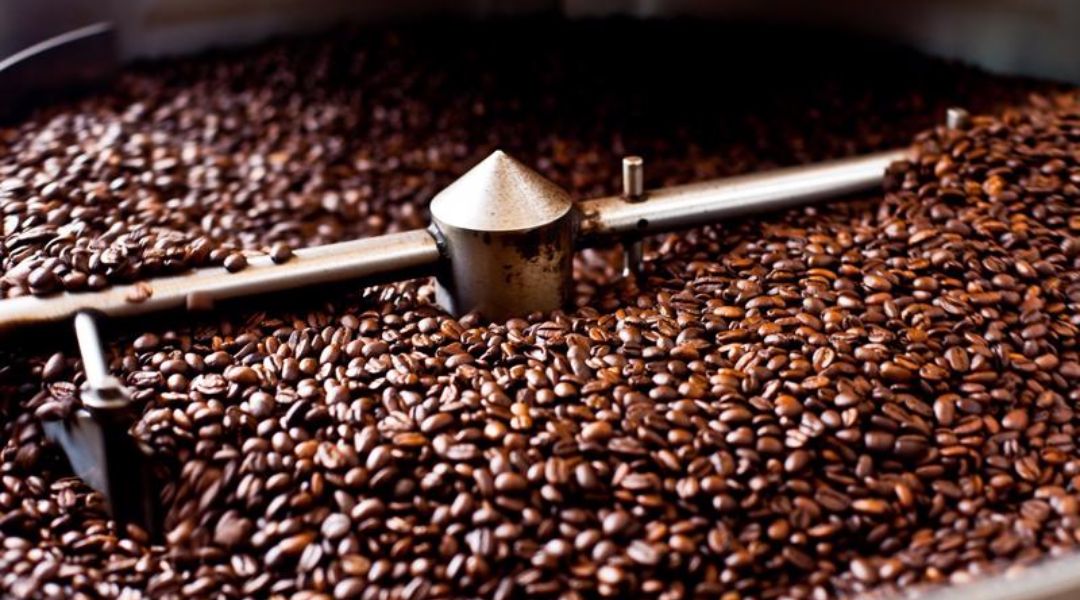
Buyer/Investor takeaway: Strengthen long-term partnerships with Vietnamese suppliers, negotiate priority allocation clauses in contracts, and maintain a backup supplier list in other origins to hedge against volatility.
Summary and Strategic Implications
Vietnam’s challenges — quality inconsistencies, climate vulnerabilities, a Robusta-heavy structure, and rising global competition — don’t erase its strengths but demand proactive management from buyers and investors. Those who approach Vietnam not as a commodity origin but as a partner for quality upgrading, climate resilience, and product diversification can secure long-term advantages. The lesson is clear: Vietnam remains indispensable for Robusta, but sustainable success requires selective sourcing, targeted investment, and forward-looking risk management.
Future Outlook
Market trends over the next 5–10 years
Global coffee demand is expected to keep growing — both in volume and value — driven by premiumization (specialty coffee), ready-to-drink formats, and rising consumption in Asia. Market research projects the overall coffee market to expand at mid-single-digit CAGRs through 2030, while the specialty coffee segment is forecast to grow much faster (double-digit rates in some estimates). These twin forces mean more opportunities for value-added products (roasted, instant, RTD) and for origins that can supply traceable, higher-margin lots.
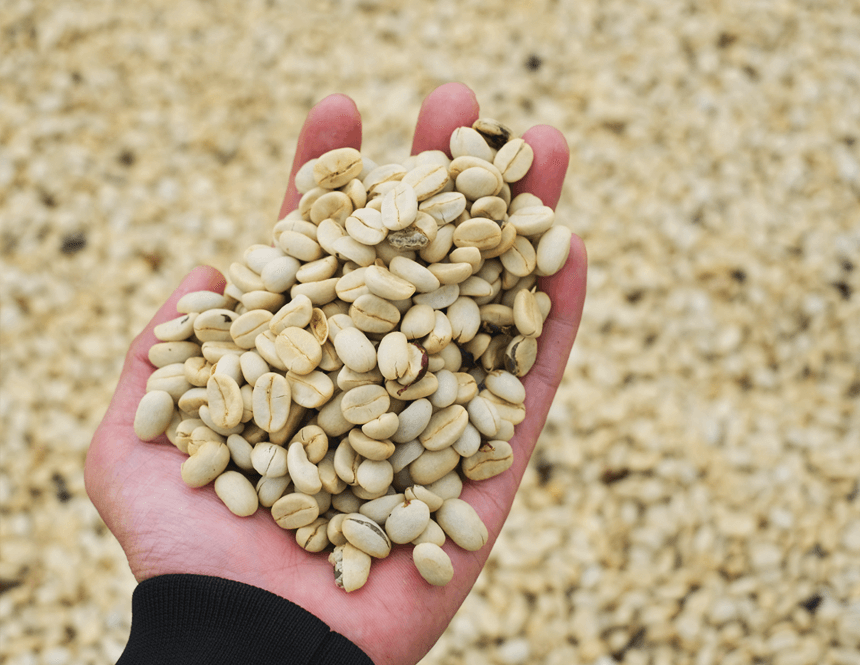
How Vietnam fits into that picture
Vietnam is well positioned to capture both scale and value. The country has publicly stated targets to increase processed (roasted and instant) coffee exports and raise export turnover significantly by 2030 — a clear industry roadmap toward higher-value products rather than only bulk green beans. That policy push, combined with private investment in processing lines and OEM capacity, makes Vietnam more attractive to buyers who want finished SKUs or private-label runs at competitive cost.
Supply-side signals and timing
High prices have already triggered replanting and new investments in many producing countries, and global agencies expect new supply to start easing tightness within a few years as young plantations mature. USDA forecasts and industry commentary indicate production increases are likely over the next 3–5 years — but timing is weather-dependent. In other words, Vietnam (and other origins) may add capacity, but short-term shocks from weather or pests can still create volatility.
Price & quality dynamics to watch
Robusta prices have risen sharply in recent seasons, increasing the commercial attractiveness of higher-quality Robusta and processed Robusta products. At the same time, Arabica price spikes and climate events keep premium Arabica scarce and expensive. This pricing environment favors origins (like Vietnam) that can reliably supply Robusta at scale while investing selectively in specialty/Arabica lots. Expect buyers to balance cost, cup quality, and traceability when they redesign sourcing strategies.
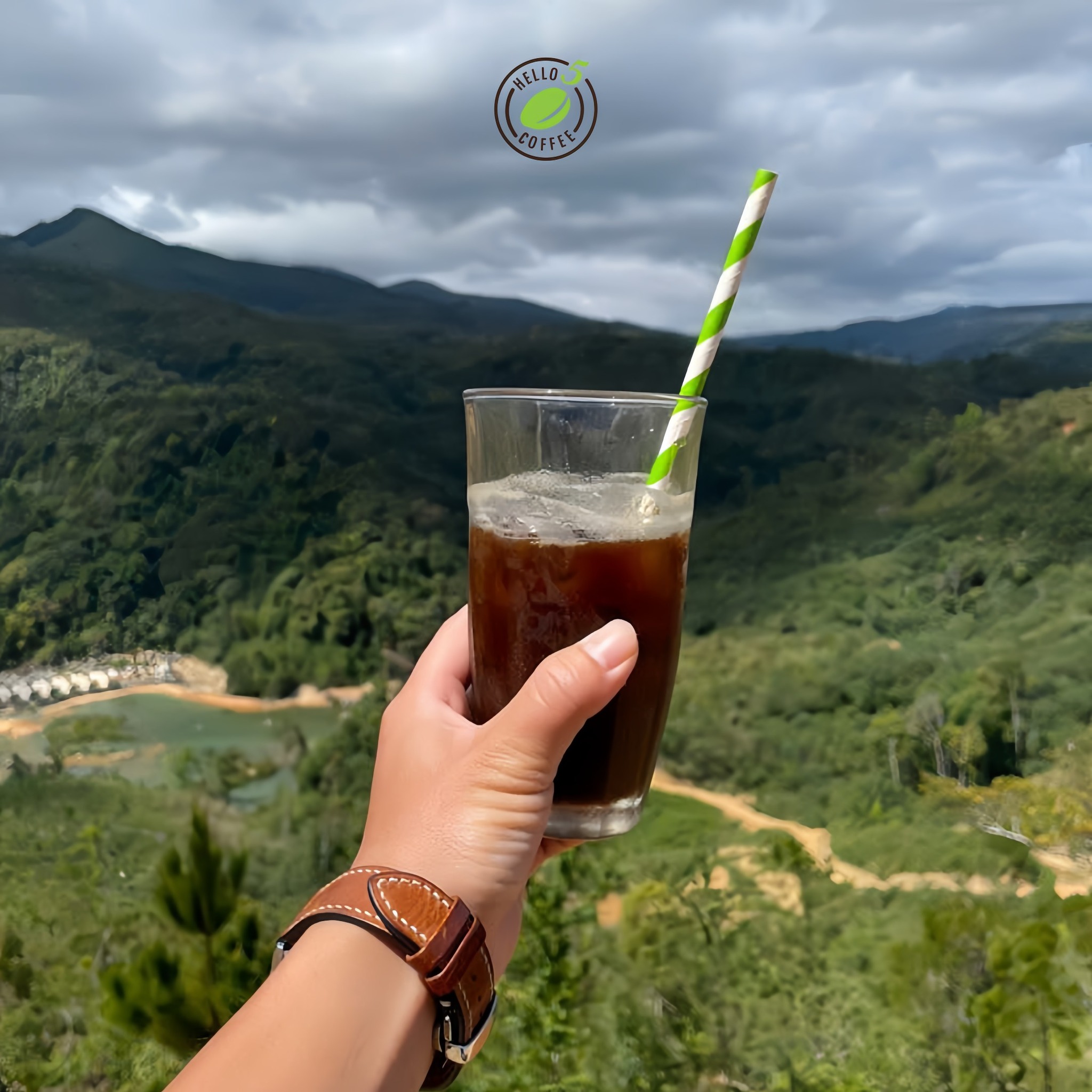
Risks that could reshape the next decade
The main risks are climate variability, uneven quality and traceability on the ground, and faster-than-expected competition from other origins expanding processing capacity. Climate risk remains severe: droughts, heat stress, and floods can cut yields or reduce cup quality in a single season. Buyers and investors should plan for these structural risks rather than assuming steady growth.
What Vietnam’s role is likely to become
Over the next 5–10 years Vietnam should remain the world’s leading Robusta supplier, while growing into a major OEM / private-label manufacturing hub for roasted, instant, and RTD coffee. Simultaneously, pockets of specialty Arabica and certified organic production will expand (slowly) enough to supply premium buyers — but large-scale Arabica dominance is unlikely without major, long-term crop shifts. The most likely scenario: Vietnam becomes a two-track supplier — large-volume, cost-competitive Robusta on one hand; growing value-added and certified lots on the other.
Conclusion
Vietnam offers huge advantages: large production scale, competitive pricing, growing quality & certifications, and expanding OEM/processing capacity.
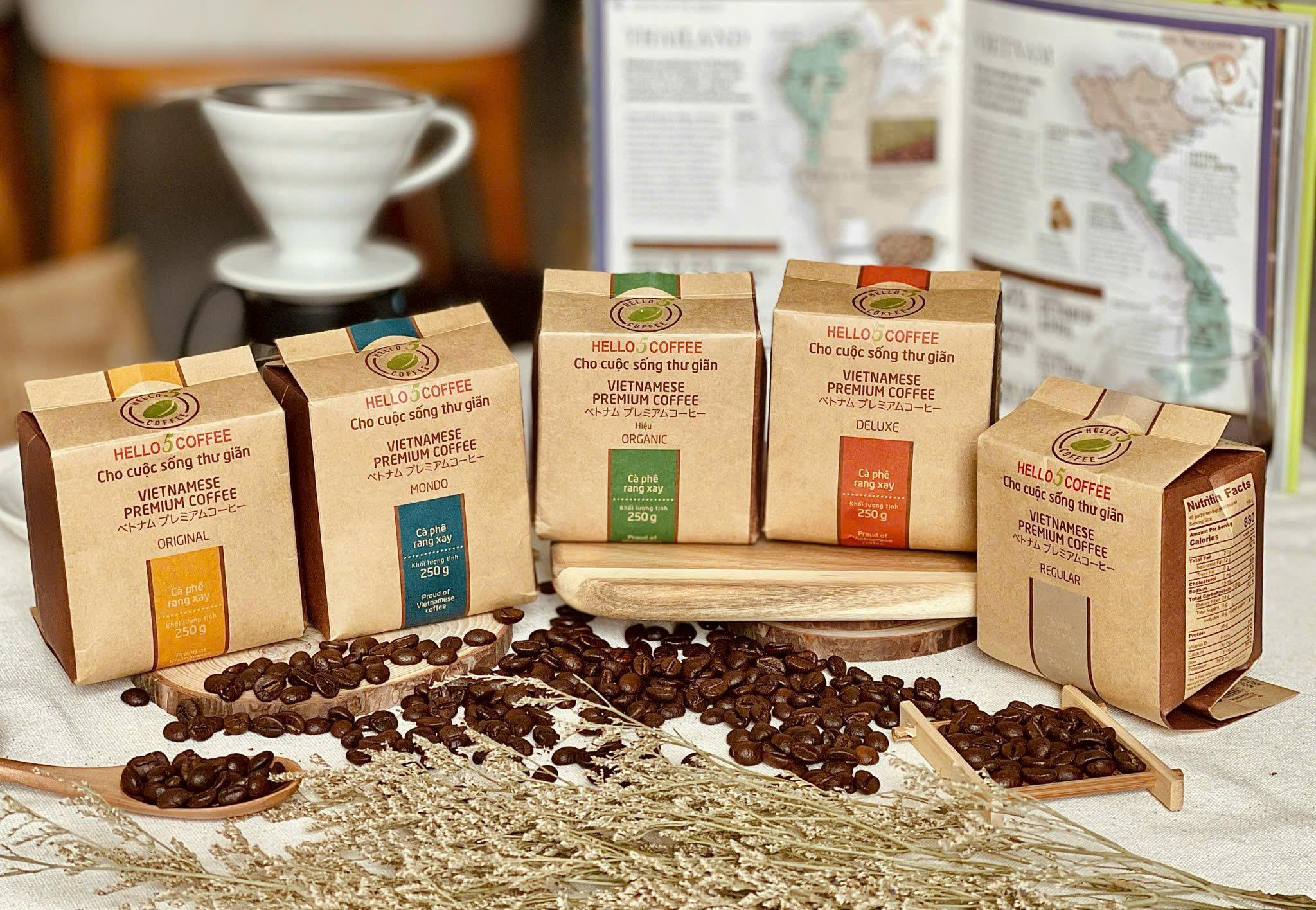
At Hello 5 Coffee, we combine all of that — stable supply, strict quality controls, certification compliance, and flexible OEM/private label services — to be your trusted partner in Vietnam.
Let’s work together — whether you need bulk Robusta, high-end specialty, or your own brand line, we’re ready to deliver.
